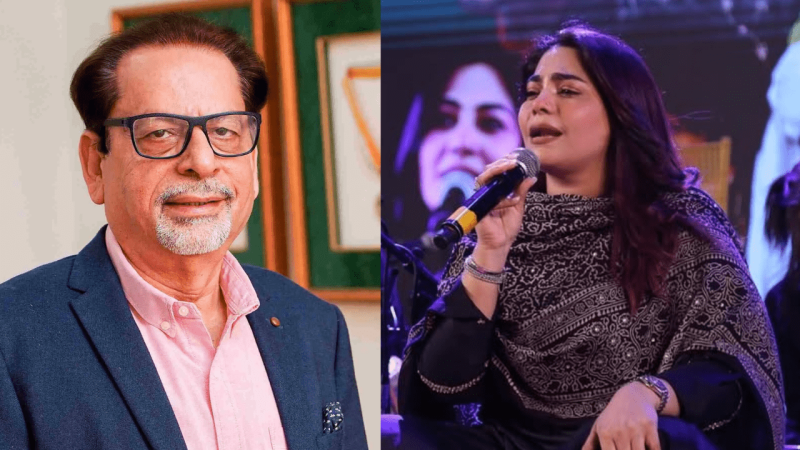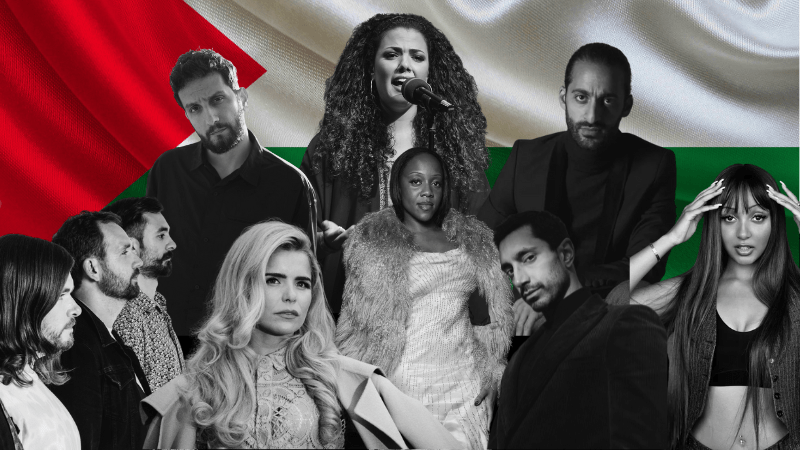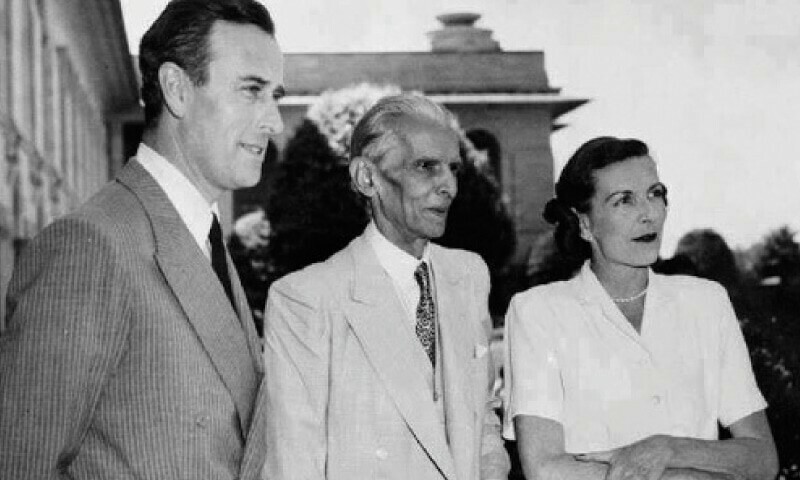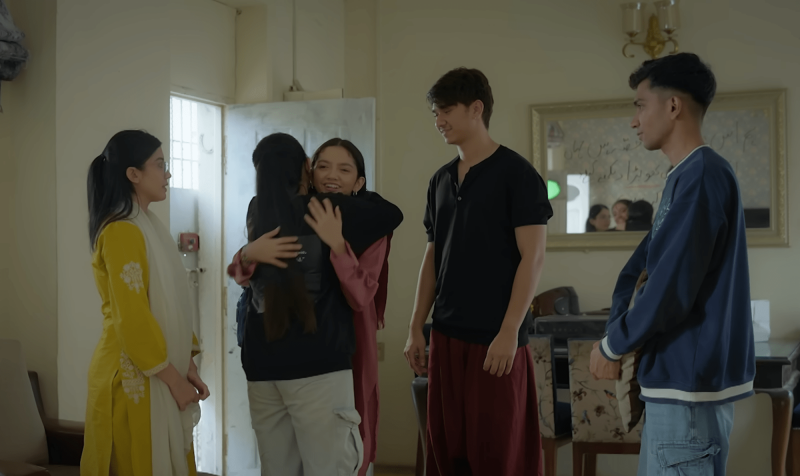The best and worst TV trends of 2016
Television is the go-to medium of entertainment in Pakistan.
This puts a lot of responsibility on the shoulders of writers and directors who should — ideally — not only entertain with the drama serials they create, but also send out progressive social messages.
Thankfully, we saw some positive trends emerge in TV dramas this year. Looks like some writers actually got the memo!
The best TV trends in 2016
1) Working women were finally given their due as real people

Although Pakistani audiences are used to seeing working women on TV, they are usually women in the process of losing a husband.
The number of plots devoted to ignored husbands dying for a taste of a paratha and well-made biryani suddenly went down in 2016, as we were presented more positive examples of working women with successful relationships.
In Tum Yaad Aaye, Sania Saeed plays a wonderfully caring college teacher who is loved by her entire family, while her daughter Zainy (Seher Afzal) manages to escape a bad marriage because she is determined to study and further her career.
Read on: Do Pakistani TV dramas depict working women as selfish, unfavourable characters?
In Besharam, Main Sitara and Udaari, singers and models were refreshingly presented not as vamps or “fallen women” but with all the light and dark shades usually reserved for the ‘good girl’.
Sehra Main Safar was also notable for exploring all the dilemmas a working woman has to face.
2) Sisterhood and the mother-daughter bond made a strong resurgence

Audiences were happy to see women rooting for each other rather than indulging in sazish after sazish to pull each other down or cause a divorce.
The most welcome trend was more realistic mothers, who actually tried to be supportive of their daughters rather than pushing them into a disastrous marriage because... "haw haye, log kiya kahenge?"
Also read: Did TV drama Dil Lagi's heroine need to be slapped to be accepted by a Pakistani audience?
In Udaari, Bushra Ansari’s wonderful character Sheedan not only sides with her daughter when Imtiaz assaults her but also doesn’t consider her daughter's break-up proof of her 'bad character'. Similarly, in Dillagi, both Anmol and Sabiha’s mothers take very strong stands for their daughters, refusing to send them back to the husbands who hit them.
3) 'Real men' (sensitive, caring and kind) came back into fashion

Mohid of Dillagi, Haider of Besharam, Sharry of Tum Yaad Aaye, Ayaz of Sehra Main Safar, Arsh of Udaari, Kabir from Teri Meri Jodi and even the flawed Shams of Preet Na Kariyo Koi make a wonderfully long list of male leads that are not run of the mill.
Read next: TV drama Sang-e-Mar Mar paints an honest picture of Swat's culture
These men were caring, faithful and kind. They were strong and protective of their families and respected and understood the women they fell in love with as individuals — and thus far from the abusers listening to everyone but their wives or the "looking for a dusri bivi" sort that we have tired of seeing.
4) Realistic families

From supportive and loving families to tense and terse mother-daughter relationships and families where daughters don’t bend to the will of the larger good (read male patriarch), we saw a whole spectrum of family relationships that were relatable.
Also read: Udaari is proof: A TV drama doesn't need helpless women to be a hit
In Udaari, Sheedan was the glue that held the family together in good times and bad. Nazo showcased an antagonistic mother-daughter relationship between Samra and her mother, while Dillagi had a headstrong matriarch whose edicts didn’t go unchallenged.
But then there were trends we wish we hadn't seen...
The worst TV trends in 2016
1) Romantic iddat

Two words that no one ever thought would sit well together but thanks to the creativity of the Mann Mayal team, here we are.
Read on: 14 times Mann Mayal fans were scarily on point about this TV drama
After a painful divorce, iddat is usually a time of self-reflection. However, Mannu spends it at her ex-boyfriend Salahuddin’s house in a whirlwind of sexual tension and attention-seeking turf wars with his fiancé Jeena.
2) Stalkers as heroes
There has been an uptick in the number of thugs as heroes who blur the lines between romance and harassment.
Also read: Stalking, sudden death and a strange affair: has Mann Mayal totally lost the plot?
Stalking and even coercing women to marry at gunpoint are passed off as romance.
3) Princess overdose

Ah princesses. The princess trend has already overtaken fashion, did we really need to see it on TV too?
Read this next: Why Mor Mahal is proving to be a hard sell to Pakistani audiences
The princesses at Mor Mahal spend 22 hours a day sitting on their beds, or lying on their beds and the only exercise they get is walking to a chair. We understand though, It’s a tough life being a royal and speaking that much khalis Urdu , so they probably need to rest as much as they can.














Comments